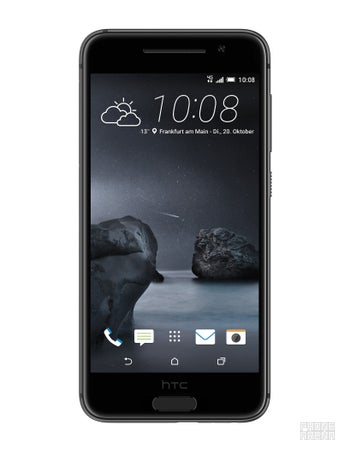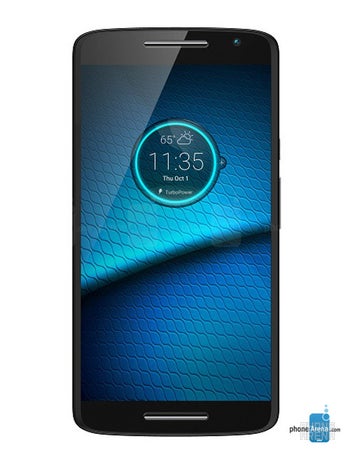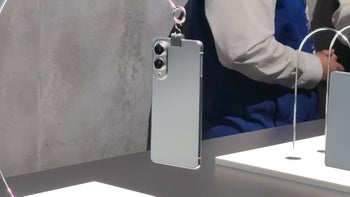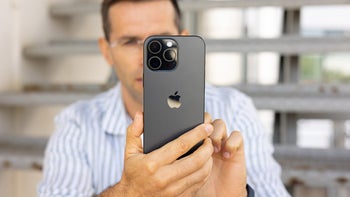OnePlus X vs HTC One A9 vs Motorola DROID MAXX 2: specs comparison

The OnePlus X's philosophy is slightly different. Instead of settling for a midrange SoC, OnePlus chose to build the handset with a flagship processor – only it's a flagship from last year. The downside is that the phone will be stuck in the 32-bit era, if this can even be considered a minus so early on in the 64-bit age. On the flipside – a 1-year old flagship SoC is very probable to outclass a brand-new midrange chip.
Display
Size
Technology
AMOLED
TFT
AMOLED
Screen-to-body
66.17 %
74.61 %
71.28 %
Features
Scratch-resistant glass, Ambient light sensor, Proximity sensor
Scratch-resistant glass, Ambient light sensor, Proximity sensor
Scratch-resistant glass, Ambient light sensor, Proximity sensor
Hardware
System chip
Qualcomm Snapdragon 617 8952
Qualcomm Snapdragon 615 8939
Qualcomm Snapdragon 801
Processor
GPU
Adreno 405
Adreno 405
Adreno 330
RAM
Internal storage
32GB
16GB
16GB
OS
Android (7.0 Nougat, 6.0 Marshmallow), HTC Sense UI
Android (7.0 Nougat, 6.0 Marshmallow, 5.1 Lollipop)
Android (6.0 Marshmallow, 5.1 Lollipop), OnePlus OxygenOS UI
Battery
Capacity
2150 mAh
3630 mAh
2525 mAh
Charging
Qualcomm Quick Charge 3.0
Qualcomm Quick Charge 2.0
Talk time (3G)
the average is 0 h (0 min)
Stand-by time (3G)
the average is 0 days (0 h)
Music playback
60.00 hours
Video playback
12.00 hours
Camera
Rear
Single camera
Single camera
Single camera
Main camera
Specifications
Aperture size: F2.0
Aperture size: F2.0
Aperture size: F2.2
Video recording
1920x1080 (Full HD) (30 fps)
1920x1080 (Full HD) (30 fps)
1920x1080 (Full HD), 1280x720 (HD) (120 fps)
Features
Hyperlapse, Video calling, Video sharing
EIS, Video calling, Video sharing
Time-lapse video, Video calling, Video sharing
Front
4 MP
5 MP
8 MP
Video capture
1920x1080 (Full HD)
Design
Dimensions
(145.75 x 70.8 x 7.26 mm)
(148 x 75 x 10.9)
(140 x 69 x 6.9 mm)
Weight
the average is 6.3 oz (180 g)
the average is 6.3 oz (180 g)
the average is 6.3 oz (180 g)
Materials
Back: Metal
Back: Glass
Frame: Metal
Frame: Metal
Resistance
Splash
Biometrics
Fingerprint (touch)
Features
Notification light
Buyers information
MSRP
$ 500
$ 384
$ 249 / € 269
See the full HTC One A9 vs Motorola DROID MAXX 2 vs OnePlus X specs comparison or compare them to other phones using our Phone Comparison Tool.
















Things that are NOT allowed: